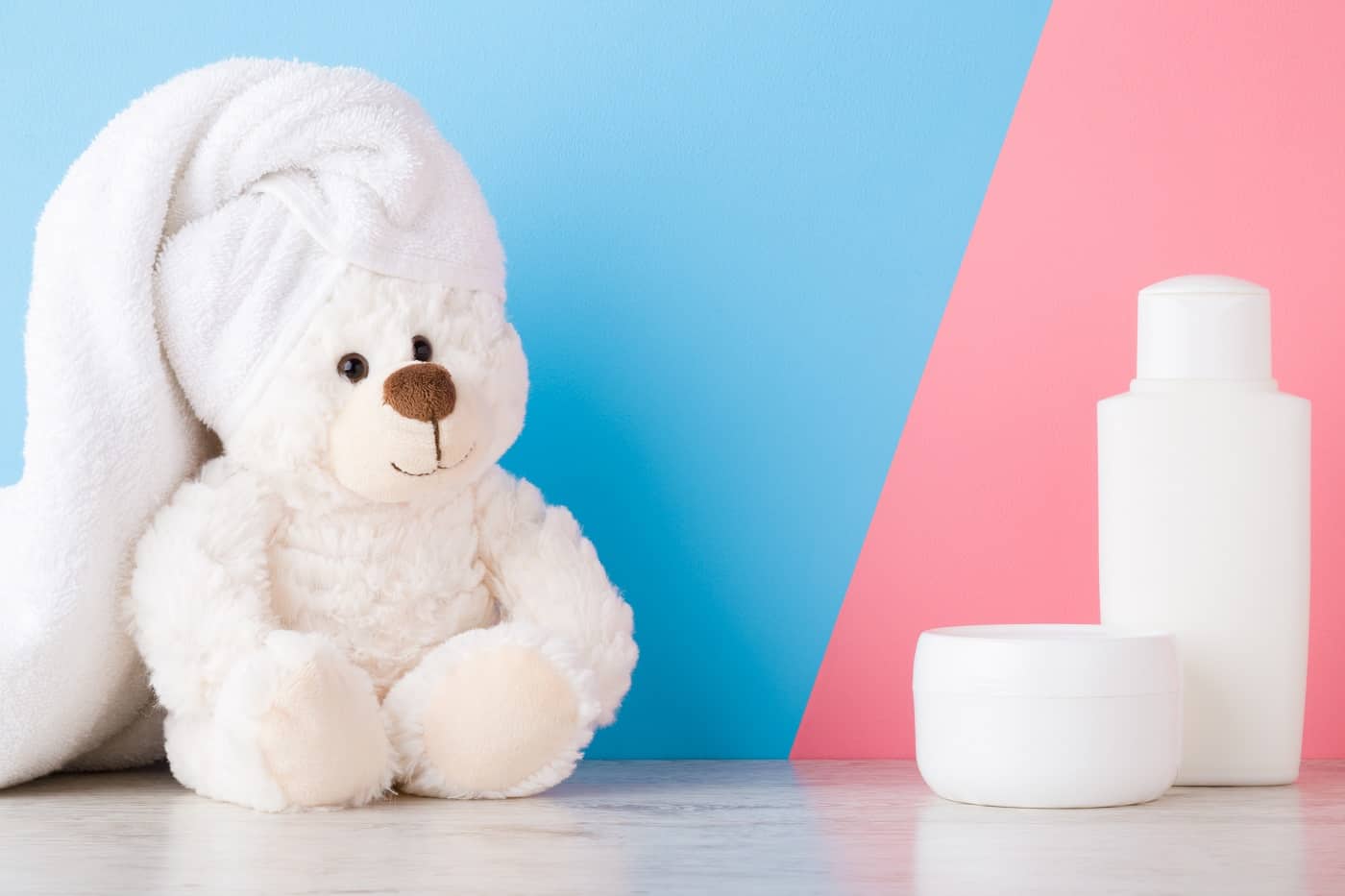
Not every mom knows that cosmetics for children contain synthetic ingredients. Toddlers have extremely delicate skin, so you should pay special attention to the composition of these products, because they can easily penetrate into the blood of the child
When choosing cosmetics for children, first of all one should read their composition. Admittedly, manufacturers tempt with a beautiful scent and appearance of products, but this is not the most important. Cosmetics for children should contain natural ingredients of organic origin. Below is a list of ingredients to avoid when buying cosmetics
These are ingredients such as Ethylparaben, Isopropylparaben, Benzylparaben, or Aseptins. They act as preservatives, which are often found in medicines and adult cosmetics. Thanks to them, cosmetic products have long expiration dates and do not spoil after opening. They owe their effect to bactericidal and fungicidal properties. These ingredients have received a lot of criticism. They are esters, so they can penetrate the thin epidermis of infants, thus adversely affecting their hormonal balance. In women, they may contribute to the development of breast cancer, although such toxicity has not been scientifically proven. Despite the fact that for many years they were treated as completely safe products for health, many countries have decided to lower the standards for their use. The ban on parabens gave birth to the need to find equivalents
These types of ingredients include Glutaraldehyde, Phenol, Benzetonium Chloride, Glyoxal, Hexetidine, Benzylhemiformal and all substances that have the prefixes Lodo-, Bromo- and Chloro-. Formaldehyde, its derivatives and organic chlorine compounds are most commonly used in cosmetics. They are tested substances, which does not mean that they are not harmful. They often irritate the skin and cause allergies. Moreover, they contribute to faster skin aging. As a rule, preservatives are bactericidal, which makes them beneficial to the durability of cosmetics. However, highly bactericidal substances can also destroy microorganisms beneficial to the human body. With prolonged use of the product, preservatives contained in it neutralize bacteria that have a positive effect on the skin, and multiply pathogenic viruses. Children’s skin is very sensitive, which in combination with preservatives can lead to numerous allergic reactions and irritations
These are cosmetic ingredients such as Paraffinum Liquidum, Synthetic Wax, Isoparaffin, Vaseline, Petrolatum, or Paraffin. From the point of view of the cosmetics industry, these substances are ideal because they have no taste, no smell, and they seem to lubricate the skin very well. Unfortunately, they work in a completely different way than natural oils. They do not let air or moisture through, so the epidermis is overheated and pores are polluted. What’s more, babies can put their hands in their mouths and petroleum derivatives do not break down in the body. They are treated as synthetic products, usually deposited in the liver. Keep this in mind when choosing cosmetic products designed for little ones
Cosmetics for children also contain a number of other harmful substances, such as dyes, paints and synthetic fragrances. These include products that are harmless to the skin, as well as those that cause allergies and irritation in children. The best choice are colorless, unscented cosmetics with natural composition
Read also: “It’s a good idea to have your baby washed by dad at first”. We talk about infant skin care with a midwife
Main photo: fotoduets/ adobestock.com